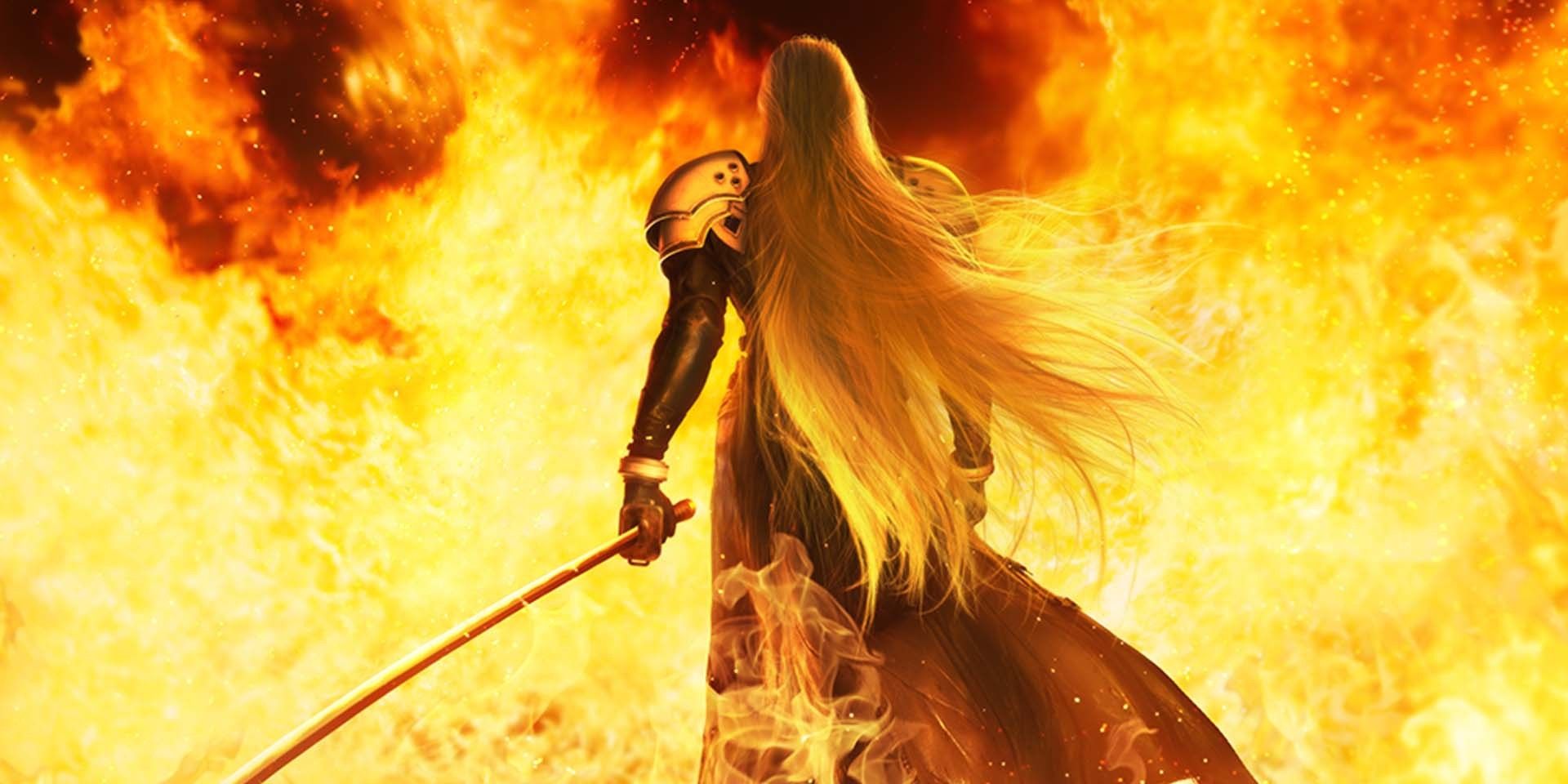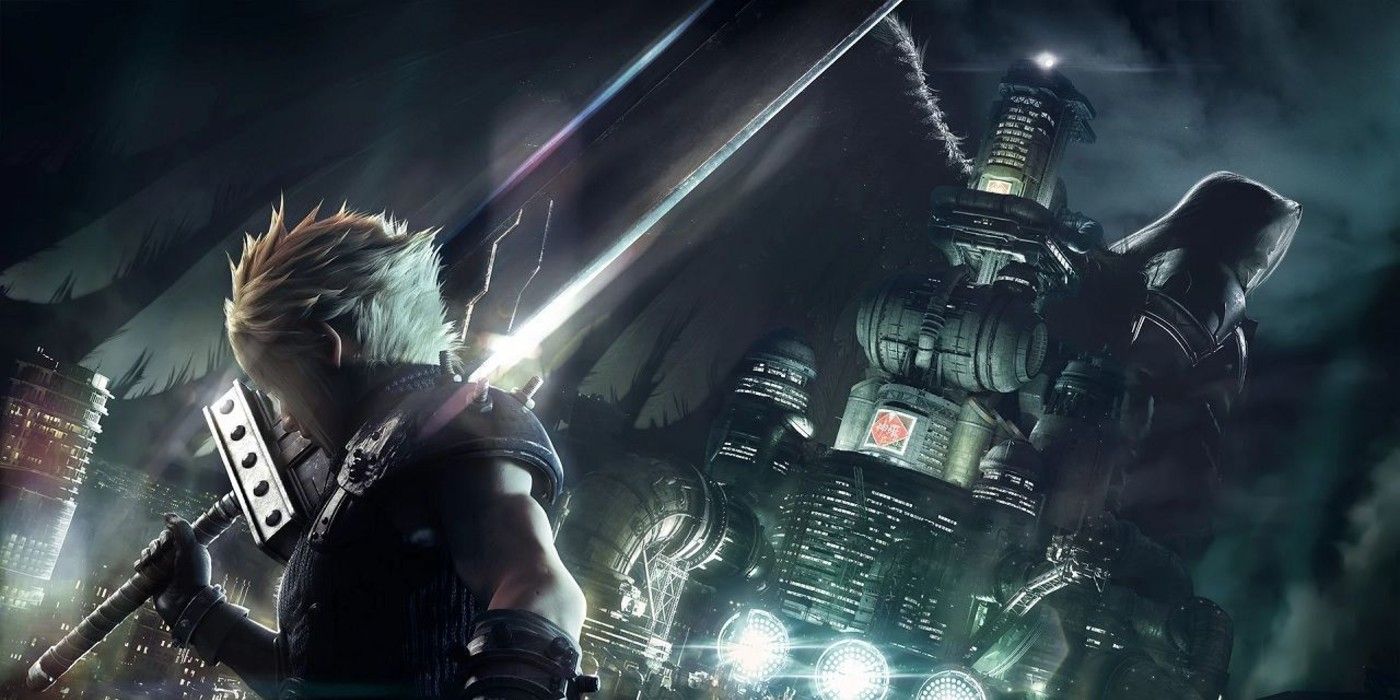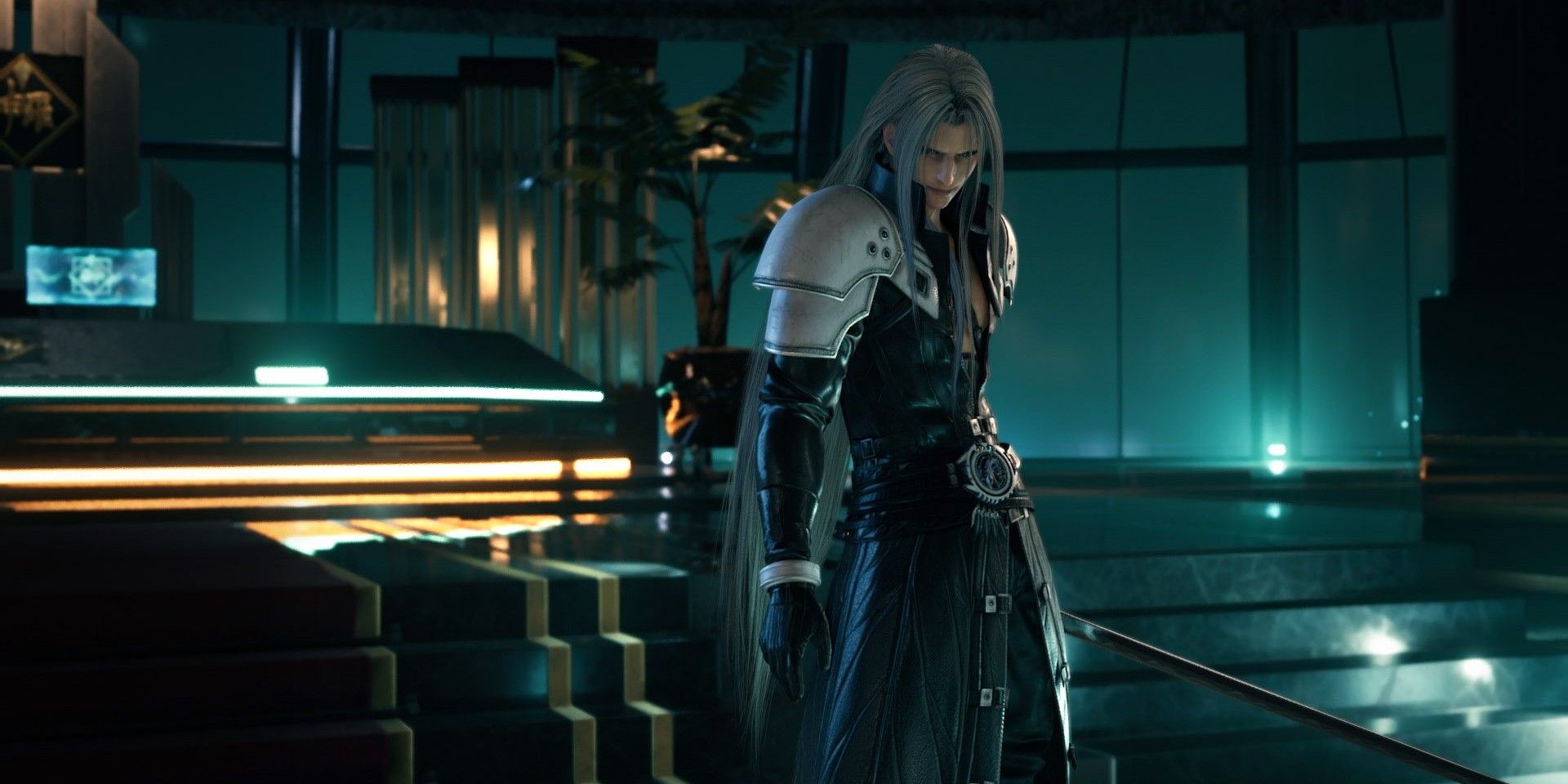Warning: The following contains SPOILERS for Final Fantasy 7 Remake
Final Fantasy 7 Remake, despite the title, makes a surprising amount of changes to the original's story. Most of the changes are small and minor, but there are a few bombshell changes layered in as well.
Chief among these is the involvement of Sephiroth, the main villain of Final Fantasy 7. Sephiroth appears much earlier in the story than he did in the original, and along with that is mention a concept called The Reunion.
The Reunion is an integral part of Final Fantasy 7's story, but the Remake doesn't explain what it is, outside of some cryptic hints. Here's everything fans might need to know about The Reunion, and how the Final Fantasy 7 Remake is altering it.
What Is The Reunion In Final Fantasy 7?
The term Reunion applies to The Reunion Theory used by Professor Hojo in Final Fantasy 7. Hojo used his research on Jenova to create Sephiroth, the ultimate supersoldier. Hojo's theory posits that genetic material separated from Jenova will seek to rejoin the main body, and influence creatures that it's implanted into. After the events in Nibelheim, where Sephiroth destroyed the town, Shira and Hojo round up the survivors and implant them with Sephiroth cells.
Zack Fair resists the cells successfully, while Cloud is overcome and given Mako poisoning. The residents of Nibelheim meanwhile couldn't take the cells and turn into lifeless husks known as Sephiroth clones, with each one given a tattoo on their arm to number them. These clones have one singular purpose; to enact the Reunion that returns them to their hosts, Sephiroth and Jenova. Sephiroth himself did die at Nibelheim, but his will uses the Sephiroth clones to see out his plans. This results in a clone killing President Shinra, while others search for the Black Materia.
In the original game, the Reunion culminates in Whirlwind Maze, where Cloud finds out he's been so drawn to Sephiroth because of the cells he was infused with. Sephiroth bends Cloud to his will and has him deliver the Black Materia, thus reviving Sephiroth's physical body. The Remake makes some slight alterations to the implementation of the Reunion.
How Final Fantasy 7 Remake Changes The Reunion
The biggest change the Remake makes to the Reunion is in how early the concept is introduced. The idea of the Reunion barely factored into the Midgar section of the original, and it wasn't until the party left the city that it came to light. In the Remake Cloud meets one of the Sephiroth Clones right after arriving in Sector 7, as he's living in the apartment complex Cloud and Tifa reside in. Sephiroth appears to Cloud in visions right from the beginning of the game, most likely fueled by the Sephiroth and Jenova cells within him. In the original game, Sephiroth didn't even appear in the Midgar section, as players only saw the aftermath of his attack on Shinra.
Multiple clones appear throughout the Remake, as each one takes on the appearance of Sephiroth. The part where things really go for a turn is after the party escapes the Shinra building and encounter Sephiroth on the highway. The Remake's ending is where things start getting drastically different from the original, as Sephiroth cuts a whole in reality that allows the party to fight the Whispers; basically the physical manifestation of destiny. The final boss battle is Sephiroth, but it's unclear if this is still a clone, some kind of manifestation of Sephiroth's will, or the actual character himself. At this point in the original game, Sephiroth's physical body is still dead, but it could be any number of things in the Remake. It's one of the major changes the end of the Final Fantasy 7 Remake has, and now only time will tell what happens.



